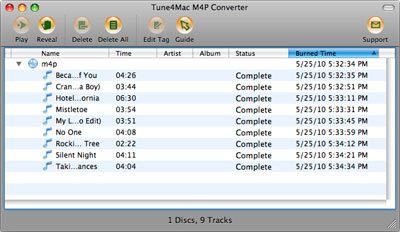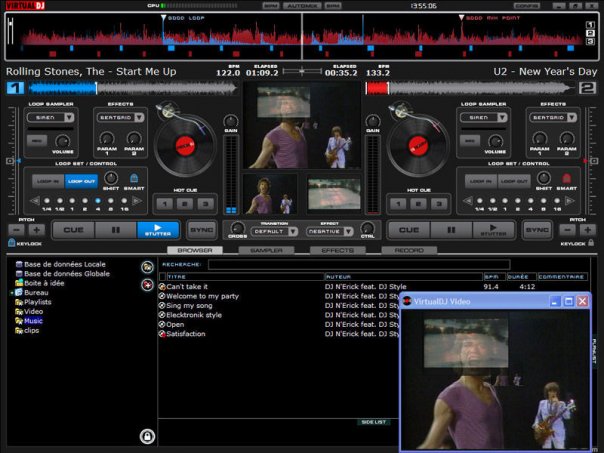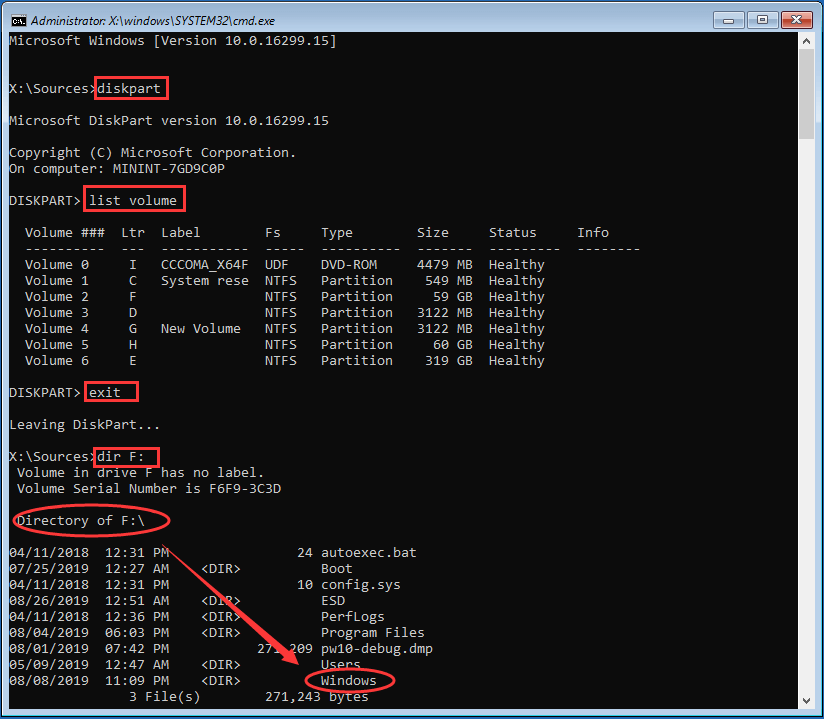

- #How should i format my hard drive for mac 2018 how to#
- #How should i format my hard drive for mac 2018 install#
- #How should i format my hard drive for mac 2018 pro#
#How should i format my hard drive for mac 2018 how to#
We have a full guide on how to complete the process from Windows 10 here. Partition the drive on Windows 10 Bill Roberson/Digital Trends We have guides for Windows and MacOS in case you need a helping hand. Make sure you back up anything important before beginning the formatting process. It’s not the ideal solution - we get it - but it works nonetheless.īefore digging in, select a primary format you’ll use the most: MacOS Extended if you primarily use Mac with a secondary exFAT partition, or NTFS if you mainly use Windows 10 with a secondary exFAT partition.įinally, formatting deletes all data stored on the drive. That said, our guide splits the external drive in half: One primary section capable of storing files larger than 4GB, and a secondary section capable of sharing files between MacOS and Windows 10. If you want to save larger files, you’ll need to create a second, dedicated space using a format optimized for MacOS (Extended) or Windows 10 (NTFS). That puts you in a peculiar pickle, limiting any shared file between the two platforms at 4GB or smaller.

Meanwhile, the NTFS system used by Windows 10 supports large files, but this format can’t be read natively by MacOS. However, this format doesn’t support larger files, which can be problematic for transferring 4K videos and so on between Macs and Windows 10 PCs. It’s a simpler, universal method if every file you store is less than 4GB in size. It’s a split, niche scenarioĪ quick Google search may lead you to believe you’re on the right path by formatting the entire drive with Extensible File Allocation Table, or exFAT. Both computers have the necessary tools to help you partition a new drive once you have it connected. In this case, you can partition your drive so that part of it works properly with MacOS and part of it works properly with Windows. You can “partition” your hard drive, or divide it into different sections with different rules and functions. Today, if you buy a new external hard drive, you may notice that working between the two is an often demoralizing task.įortunately, there is a solution. Fitbit Versa 3Ĭompatibility issues between Microsoft’s Windows and Apple’s MacOS have diminished sharply over the years, but that doesn’t mean those issues have completely disappeared. (See “ Bulletproof backups” for more about why it’s a great idea to have a bootable clone of your hard drive. A cloned drive is an exact copy of the original, which means you can boot from the cloned drive just as you can (or once could) from the original.Ī cloned drive, of course, also serves as a useful backup of all the data on the original drive, and will let you get up and running quickly if your first hard drive fails. Looking for an alternative to making an emergency drive? Here’s another way to go: Make a clone of your startup drive. Earlier versions of Disk Utility can’t be used with a Fusion Drive.”Ĭlone your startup drive When trouble strikes, you can boot from a ‘clone’ of your hard drive to make repairs. Also note that, if you have a new iMac with a Fusion Drive, Apple states that the “version of Disk Utility that comes with Fusion Drive is unique. You should either use the Recovery Disk Assistant method or wait for OS X 10.8.3.
#How should i format my hard drive for mac 2018 pro#
For starters, if you own the 13-inch MacBook Pro with Retina display or one of the newest iMacs, such models use a special version of OS X 10.8.2 not available from the Mac App Store. Inside you’ll see the file InstallESD.dmg. Open Contents and then open Shared Support. Right-click (or Control-click) the Install OS X Mountain Lion app and choose Show Package Contents from the contextual menu that appears.

#How should i format my hard drive for mac 2018 install#
Next, you have to extract the InstallESD.dmg file from the app’s package this is the file you’ll use to create the install drive. You may need to hold down the Option key when you choose Purchases to make the app show up. If it’s missing, redownload it from the App Store by selecting Apple menu > App Store. (Check in your Applications folder.) Even if you previously had this utility, it may no longer be on your drive, because OS X unhelpfully deletes it after you use it. In some cases, an Assistant-created drive will work only with the Mac that made it. Luckily, you have another way to create an emergency flash drive.įirst, you need a copy of the Install OS X Mountain Lion app. The do-it-yourself method: Lacking the Recovery HD partition on your startup drive isn’t the only reason you might skip using Apple’s Recovery Disk Assistant.


 0 kommentar(er)
0 kommentar(er)
